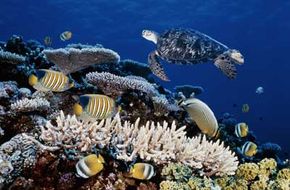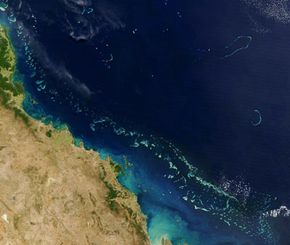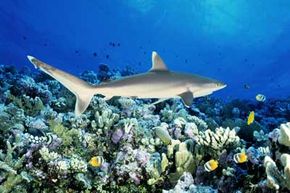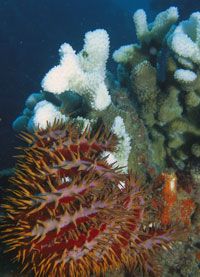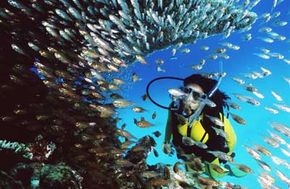Early explorers saw the Great Barrier Reef not as a natural wonder of the world, but as a labyrinth. The collection of more than 3,000 reefs and 600 islands along the northeast coast of Australia caused many shipwrecks before it was mapped in the 1800s [source: Australian Government].
The first recorded "discovery" of the reef occurred when Lieutenant James Cook crashed into it in 1770 [source: sail on, the reef has caused many shipwrecks, which continue to be popular dive sites for the millions of tourists who explore the reef's waters every year.
Advertisement
Spanning 1,250 miles (2,000 kilometers) from north to south, the Great Barrier Reef is often called the largest living organism in the world [source: polyps that build on top of one another and stick together with coralline algae. The Great Barrier Reef contains more than 400 different kinds of coral species -- ten times the amount in the entire Atlantic Ocean [source: Sammon].
This underwater Eden hosts much more than an abundance of coral. You'll find a greater diversity of life on a single coral wall than you will on an entire continent [source: Chadwick]. So far, 1,500 species of fish have been spotted on the reef, and new ones are found every year [source: Chadwick].
Although some sections of the Great Barrier Reef may be 2 million years old, most scientists agree that the majority of it is a mere 500,000 years old. That's young by coral reef standards. Since then, its growth has been interrupted several times by sea-level changes that occurred during the ice ages. The structure of the current reef is approximately 6,000 to 8,000 years old, and is growing on top of older reefs that formed during a period of higher sea levels [source: CRC].
In this article, you'll learn about the different islands and reef types that make up the Great Barrier Reef. Who lives there? What threats face it? And how does Australia oversee every square mile of it?
On the next page, you'll find out about the islands and reefs comprising this marine wonderland.
Advertisement
